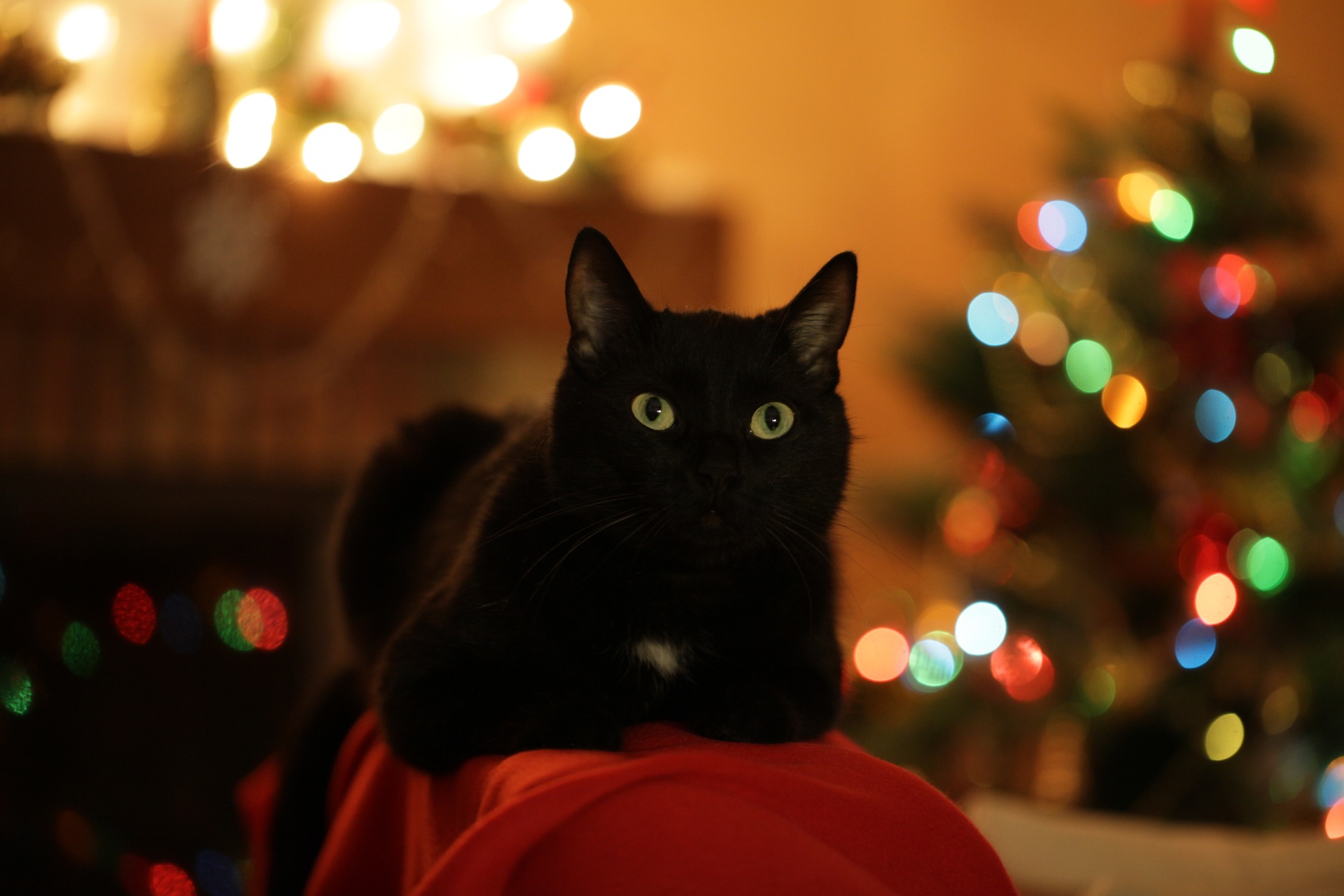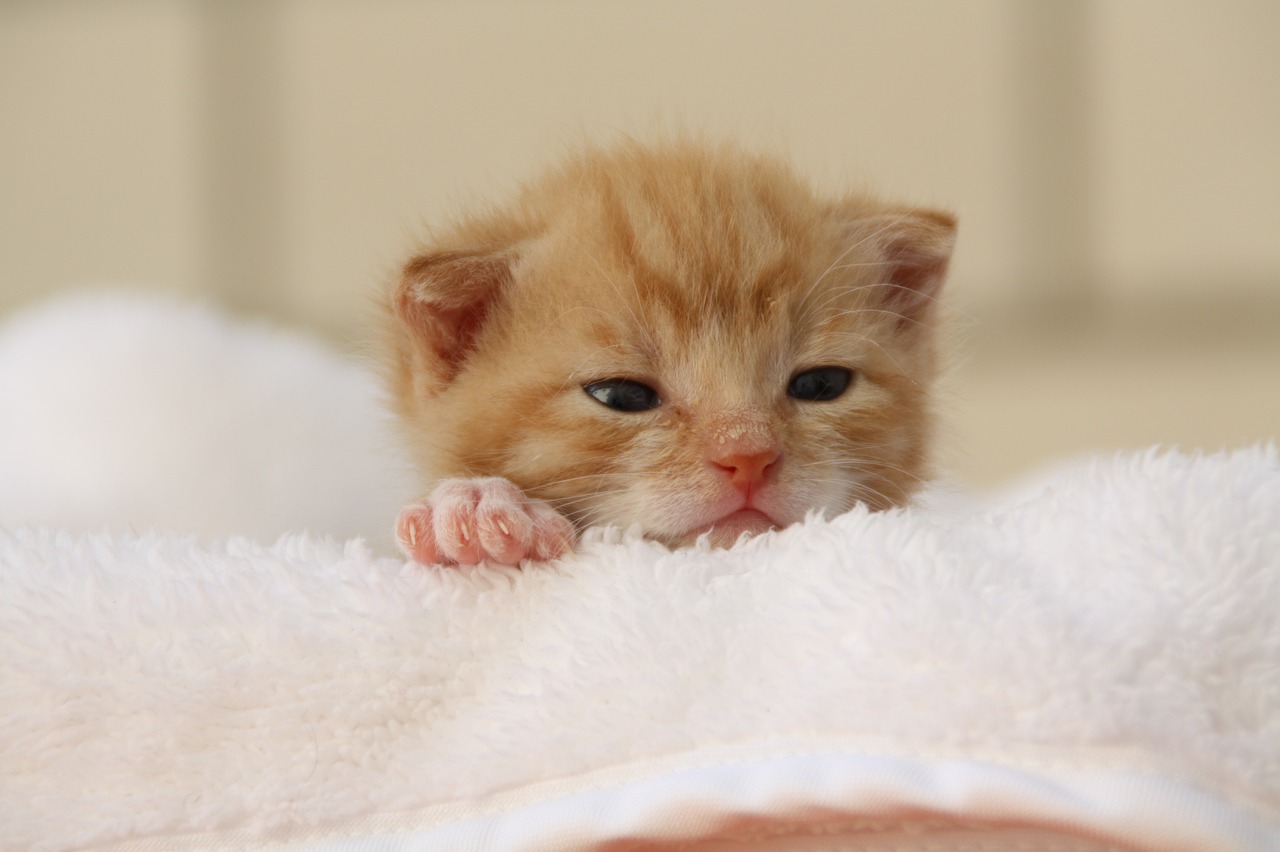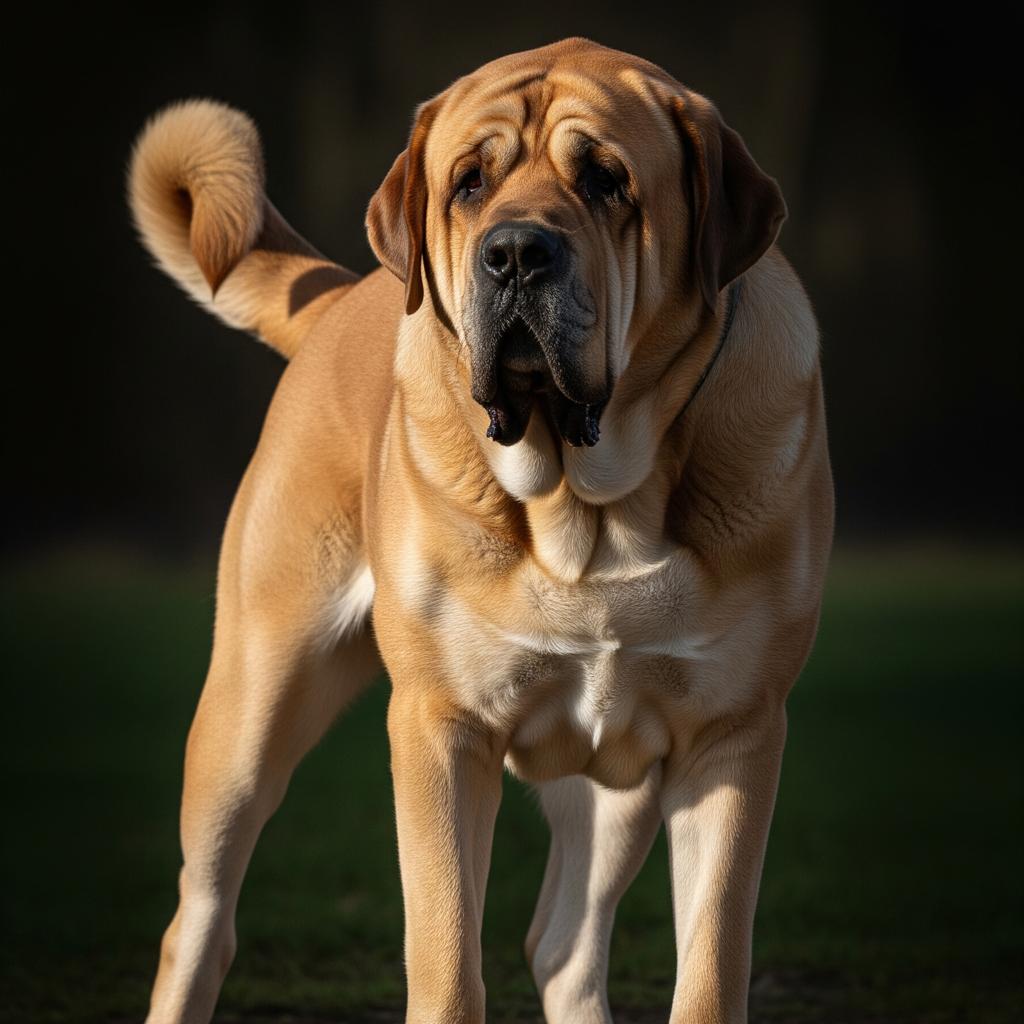
Spanish Mastiff: Reliable and Independent Guardian
The origins of the Spanish Mastiff breed are very ancient. It is believed that they were first brought to the Iberian Peninsula by Phoenician merchants, who already used them to protect their flocks. These majestic dogs soon became known for their ability to guard grazing sheep. They defended them with strength and courage from wolves, bears and cattle thieves.
These dogs were capable of controlling large numbers of sheep; it is even said that five of these mastiffs were enough for a flock of 1,000 sheep, i.e. about 200 sheep each, which they controlled almost single-handedly, with little or no guidance from the shepherds. These dogs were also protected in ancient times. In fact, anyone who injured a Mastiff was fined by the Mesta, the medieval Spanish organisation of sheep farmers. To own one of these dogs, you had to be approved by the Mesta. A Mastiff was given the same amount of food as the shepherd.
Even in Virgil's Georgics, there is mention of a vigorous Iberian molosser. It was also highly prized as a guard and defence dog by aristocrats. It also accompanied the royal family, as evidenced by a work by Diego Velazquez entitled “Las Meninas”, which depicts the Infanta Margarita and her ladies in the company of a large dog that appears at the bottom of the painting.
Even today, it is used to control flocks in various regions of Spain, such as Asturias, Leon, Extremadura and other smaller pastures. It is therefore well known in Spain, but rarely found in the rest of the world.
During the world wars, like almost all Molosser dogs, the Spanish Mastiff was also at risk of extinction. This was due to both the gradual disappearance of sheep farming and the famine caused by the wars. Today, the breed has been rebuilt with good results, but it is still in the recovery phase, so it is difficult to find perfect specimens.
Characteristics of the Spanish Mastiff dog breed
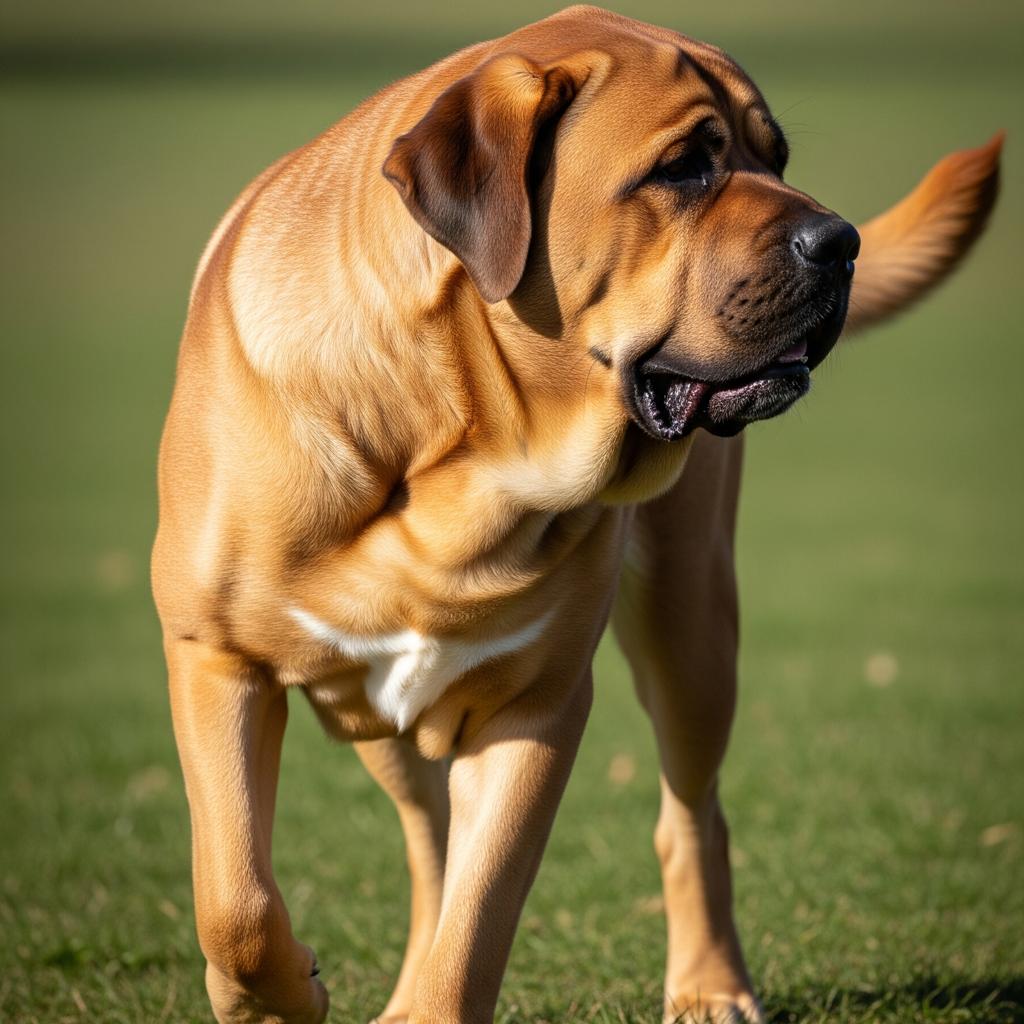
They have a fairly lively and happy temperament, although they do not show much attachment to their owner, family or flock, but would defend them at the cost of their own lives. Contrary to almost all other breeds, it is the males that are more gentle and affectionate with the family; the females are more cunning and seemingly indifferent, but both are loyal dogs that truly love their owner and their group.
They are wary of strangers, although they are rarely aggressive. For this reason, their training and socialisation must begin in the first months of life. If kept isolated, they can become threatening. They remain calm around other dogs. However, they are very protective of other animals in the home or on the property, as well as children and the elderly.
They generally behave well during training, but sometimes tend to do their own thing, and being very lazy, they tend to avoid exercises that are too demanding. It is also very territorial and needs some reassurance from its owner when guests enter the house. As a guard dog, it can sometimes seem a little lazy, but it is always alert and vigilant, especially at night. It is surprisingly quick and agile despite its enormous size.
It is not an apartment dog; it needs plenty of space. The ideal environment for this dog is the countryside, with a large garden where it can run and be outdoors, but it also loves being indoors with its owner. It is a dog that suffers from loneliness and needs the affection of its owner, even though it is a very independent and autonomous animal.
Appearance of the Spanish Mastiff breed
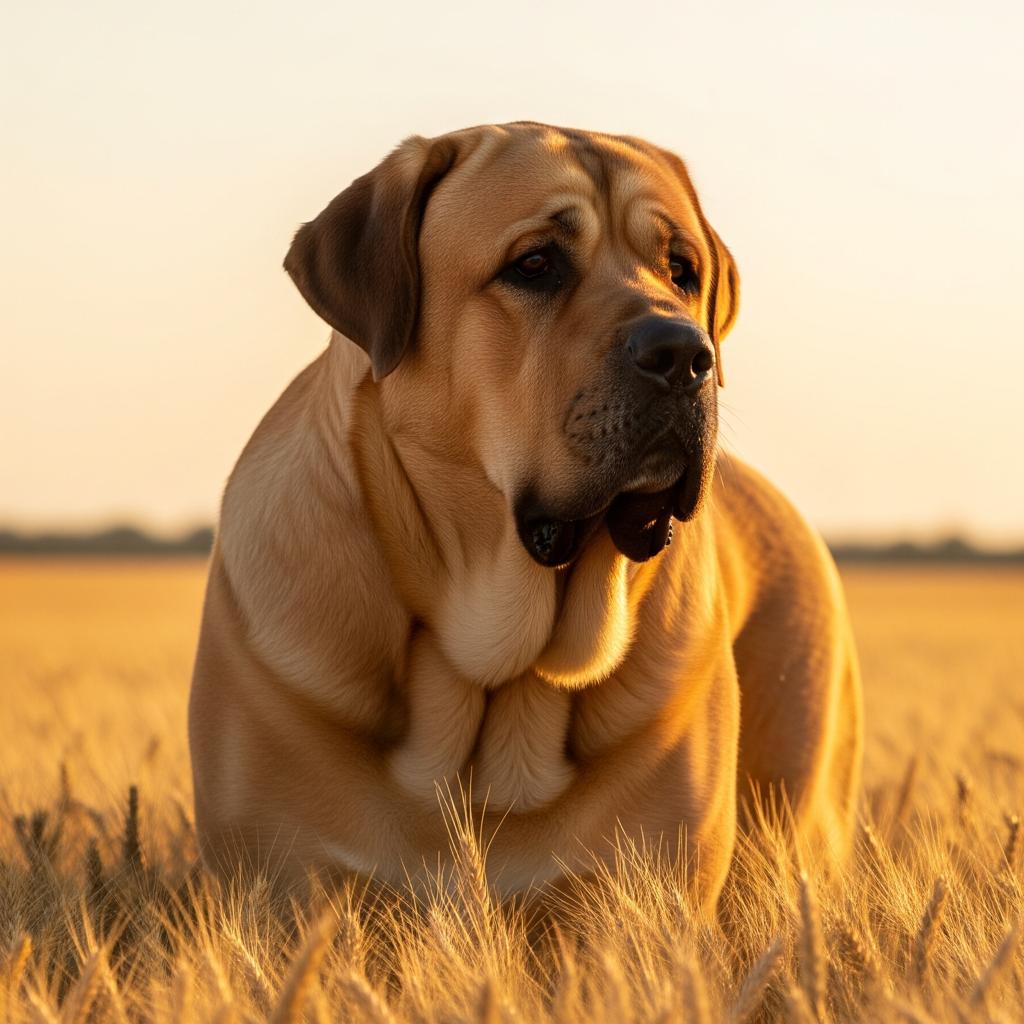
As already mentioned, it is large and heavy, but moves with elegance and is very well proportioned. It often has a sleepy look and, with all the folds of its neck forming a generous dewlap, it appears inactive; in reality, it is a particularly lively and responsive dog, and also very fast.
The tail is strong and flexible, and when the dog is excited or in motion, it is raised like a sabre. The limbs are straight, strong and muscular. The head is large and strong, the teeth are strong, with large, sharp canines that have a good grip, and powerful molars. The ears are medium-sized, pendulous and triangular. The eyes are almond-shaped, usually dark, hazel in colour. Its gaze is noble, attentive, sweet and intelligent. However, when performing its role as a guard dog, its gaze is harsh.
The coat is dense and thick, semi-long and smooth. The coat colours are usually uniform and range from off-white to fawn, reddish, black, wolf grey and brown. Brindle and white spotted coats can also be found.
Care and health of the Spanish Mastiff dog breed
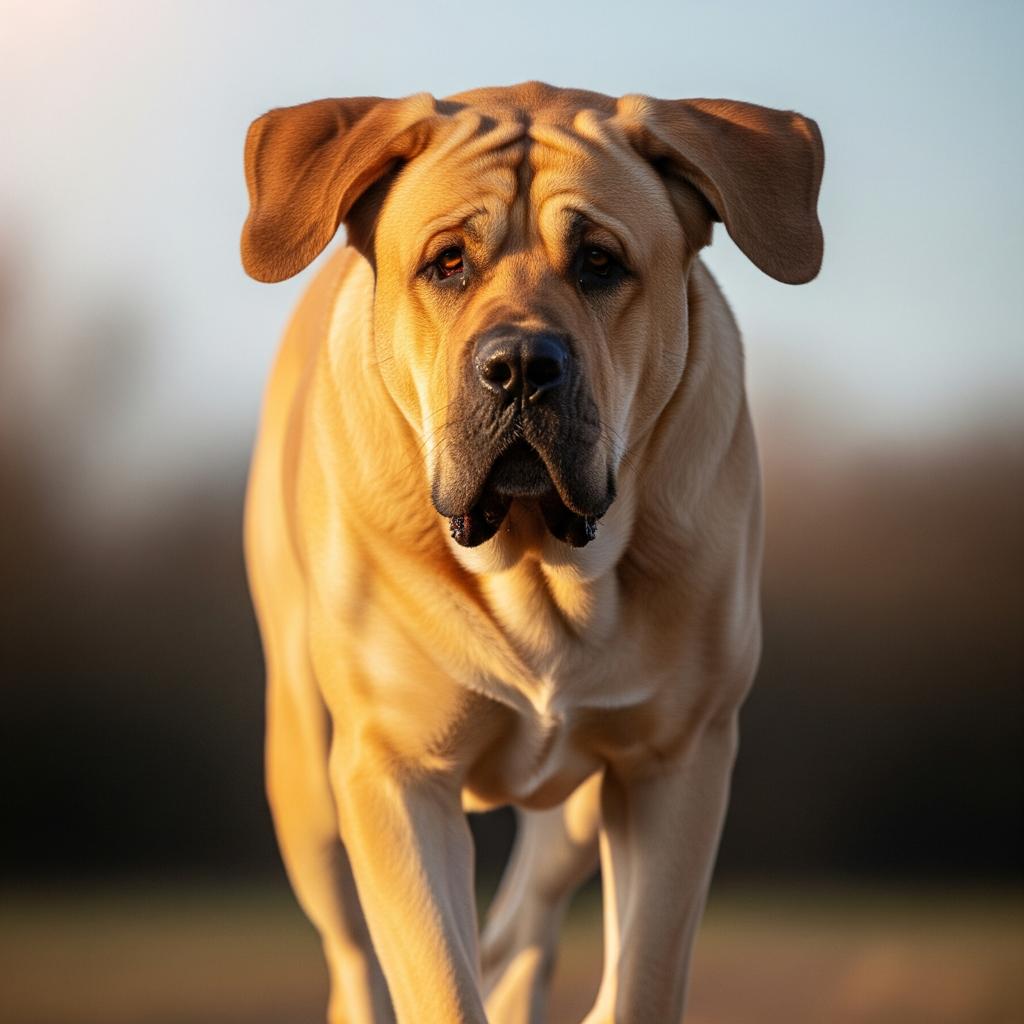
They tolerate heat and cold very well, but despite their sturdy build and thick, abundant coat, they can suffer from the cold, so it is advisable to let them sleep indoors or in a shelter. They have the longest life expectancy of any molossoid, with an average of 10 to 12 years, but it is not uncommon for them to reach 14 years of age.

